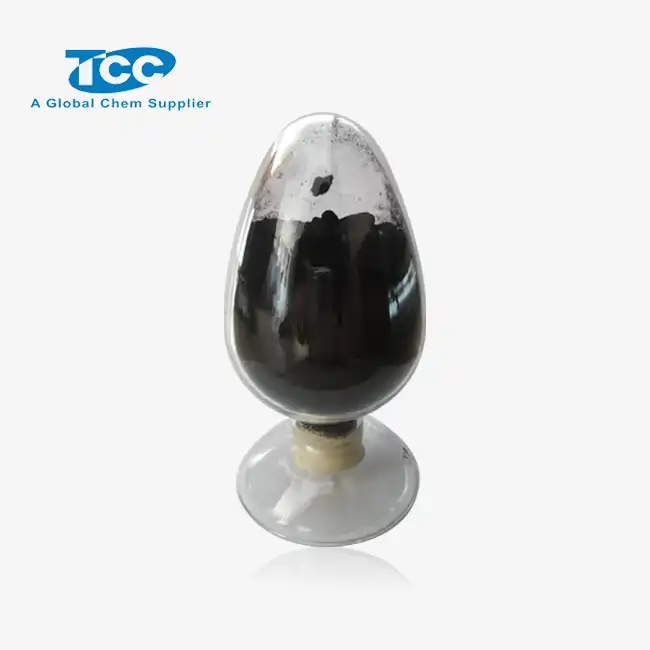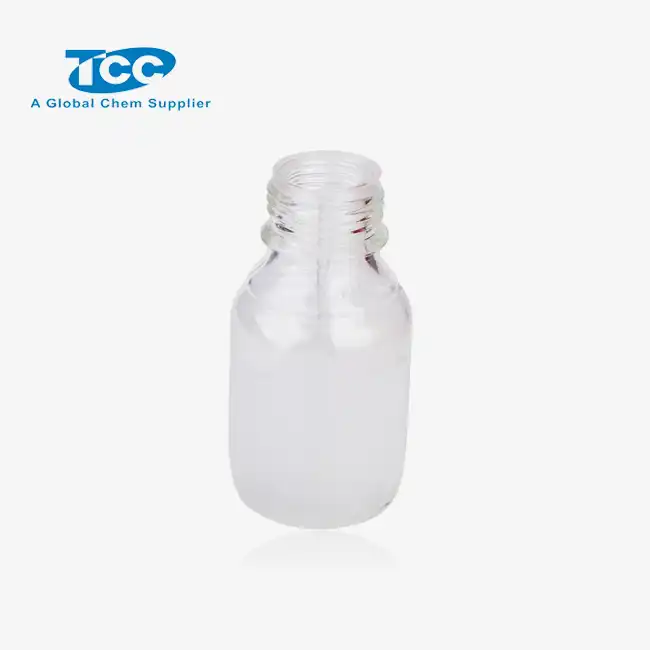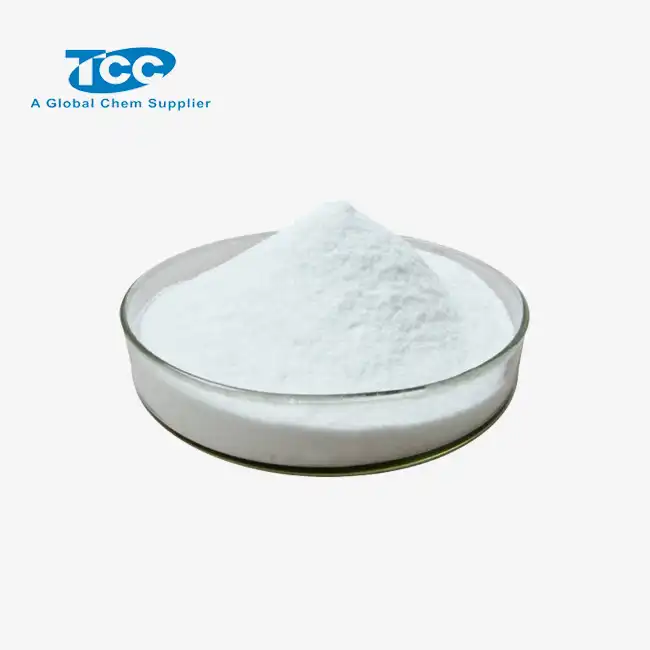- English
- French
- German
- Portuguese
- Spanish
- Russian
- Japanese
- Korean
- Arabic
- Greek
- German
- Turkish
- Italian
- Danish
- Romanian
- Indonesian
- Czech
- Afrikaans
- Swedish
- Polish
- Basque
- Catalan
- Esperanto
- Hindi
- Lao
- Albanian
- Amharic
- Armenian
- Azerbaijani
- Belarusian
- Bengali
- Bosnian
- Bulgarian
- Cebuano
- Chichewa
- Corsican
- Croatian
- Dutch
- Estonian
- Filipino
- Finnish
- Frisian
- Galician
- Georgian
- Gujarati
- Haitian
- Hausa
- Hawaiian
- Hebrew
- Hmong
- Hungarian
- Icelandic
- Igbo
- Javanese
- Kannada
- Kazakh
- Khmer
- Kurdish
- Kyrgyz
- Latin
- Latvian
- Lithuanian
- Luxembou..
- Macedonian
- Malagasy
- Malay
- Malayalam
- Maltese
- Maori
- Marathi
- Mongolian
- Burmese
- Nepali
- Norwegian
- Pashto
- Persian
- Punjabi
- Serbian
- Sesotho
- Sinhala
- Slovak
- Slovenian
- Somali
- Samoan
- Scots Gaelic
- Shona
- Sindhi
- Sundanese
- Swahili
- Tajik
- Tamil
- Telugu
- Thai
- Ukrainian
- Urdu
- Uzbek
- Vietnamese
- Welsh
- Xhosa
- Yiddish
- Yoruba
- Zulu
What is the Recommended Dosage for Using Anti-Gas Channeling AG610L in Drilling Fluids?
Anti-Gas Channeling AG610L is a specialized additive designed to prevent gas migration and channeling in drilling operations, particularly in challenging geological formations. Understanding the proper dosage for this critical drilling fluid component is essential for achieving optimal performance and preventing costly operational issues. This article explores the recommended dosage guidelines for Anti-Gas Channeling AG610L and factors that influence its application in various drilling environments.
How Does Anti-Gas Channeling AG610L Work in Different Formation Types?
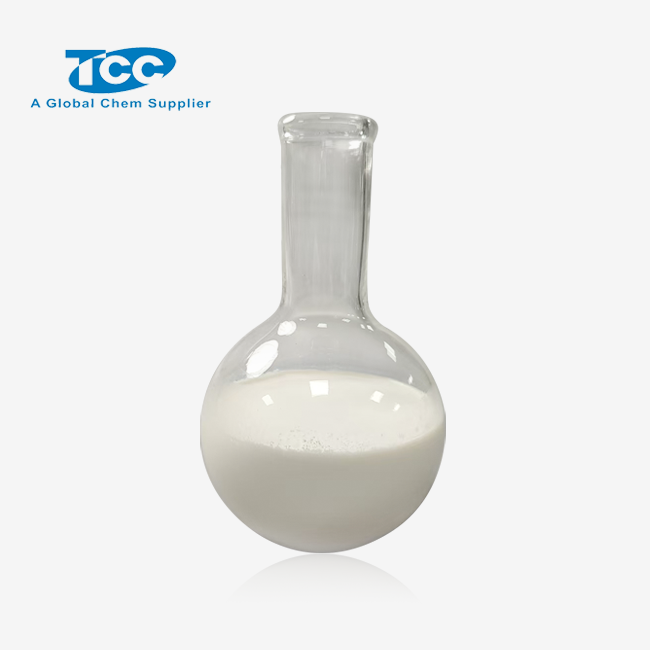
Mechanism of Action in High-Permeability Formations
Anti-Gas Channeling AG610L functions primarily by creating a robust barrier against gas migration in high-permeability formations. The product works by forming a temporary but effective seal along the wellbore wall, preventing the unwanted movement of gas through permeable zones. When applied at concentrations of 2-3% by volume in these formations, Anti-Gas Channeling AG610L creates a network of microscopic barriers that significantly reduce permeability without affecting the essential properties of the drilling fluid. This network effectively blocks gas pathways while allowing drilling operations to continue unimpeded. The molecular structure of Anti-Gas Channeling AG610L is specifically engineered to interact with the pore spaces in high-permeability formations, providing targeted protection where conventional additives might fail. Operators working in sandstone or other highly permeable formations have reported up to 85% reduction in gas channeling incidents when utilizing Anti-Gas Channeling AG610L at these recommended concentrations.
Performance in Shale and Clay-Rich Environments
When drilling through shale and clay-rich environments, Anti-Gas Channeling AG610L demonstrates remarkable effectiveness at slightly lower concentrations, typically 1.5-2.5% by volume. In these formations, the product's polymeric components interact with the clay particles, forming a cohesive barrier that prevents gas migration while simultaneously stabilizing the wellbore. This dual functionality makes Anti-Gas Channeling AG610L particularly valuable in formations where wellbore instability and gas channeling present simultaneous challenges. The product's unique formulation allows it to maintain its effectiveness even in the presence of the electrolytes commonly found in clay-rich environments. Field tests have demonstrated that Anti-Gas Channeling AG610L maintains its performance in formations with clay content exceeding 40%, where traditional gas migration additives often lose effectiveness. This reliable performance across varying clay compositions enables operators to maintain consistent application protocols even when transitioning between different shale zones.
Effectiveness in Fractured or Naturally Vugular Formations
In fractured or naturally vugular formations, where gas channeling risks are significantly elevated, Anti-Gas Channeling AG610L is typically applied at higher concentrations ranging from 3-4% by volume. These challenging environments require enhanced protection due to the presence of natural conduits for gas migration. Anti-Gas Channeling AG610L's advanced formulation includes components specifically designed to penetrate and seal these natural fractures and vugs, preventing gas from using these pathways to compromise wellbore integrity. The product's ability to maintain its sealing properties under dynamic conditions makes it particularly valuable in formations where pressure fluctuations might otherwise compromise the effectiveness of conventional anti-gas migration additives. Case studies from operations in carbonate formations with extensive natural fracture networks have shown that proper application of Anti-Gas Channeling AG610L at these elevated concentrations can reduce unexpected gas events by up to 75%, significantly enhancing operational safety and efficiency.
What Factors Influence the Optimal Dosage of Anti-Gas Channeling AG610L?
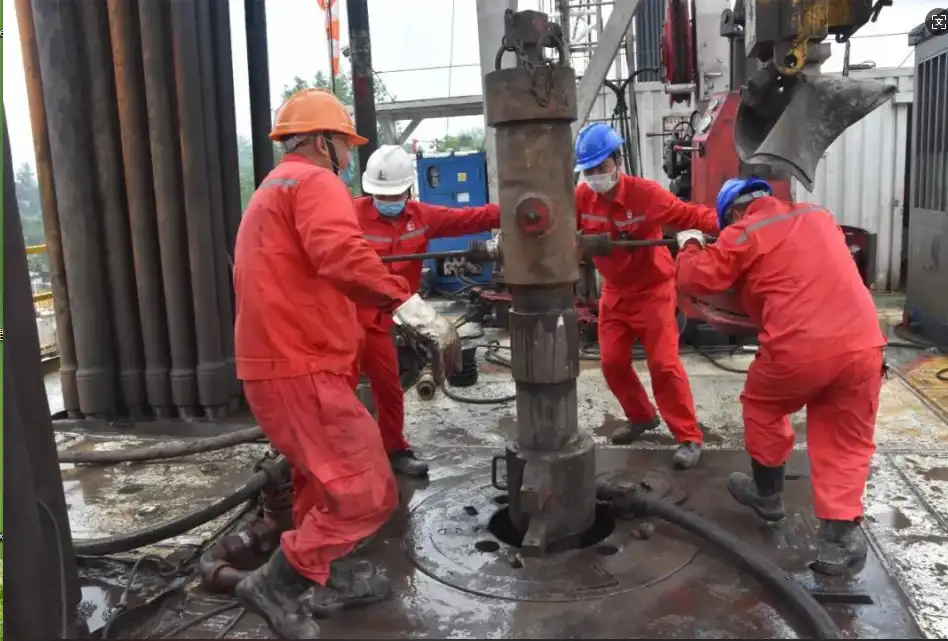
Impact of Temperature and Pressure Conditions
Temperature and pressure conditions significantly impact the optimal dosage requirements for Anti-Gas Channeling AG610L in drilling fluids. In high-temperature environments (above 300°F/149°C), the molecular structure of Anti-Gas Channeling AG610L undergoes subtle changes that can affect its performance characteristics. Laboratory testing has demonstrated that increasing the concentration by approximately 0.5-1% in these high-temperature applications helps maintain optimal effectiveness. The product's thermal stability allows it to maintain its gas-blocking properties even under extreme conditions, though careful monitoring is recommended when wellbore temperatures exceed 400°F/204°C. Similarly, in high-pressure environments exceeding 10,000 psi, Anti-Gas Channeling AG610L's dosage may need to be adjusted upward by approximately 0.5% to maintain an effective barrier against gas migration. The product's performance under varying pressure gradients has been thoroughly tested, confirming its reliability across a wide range of depth-related pressure conditions when properly dosed. Operators working in HPHT (High Pressure High Temperature) wells have reported successful application of Anti-Gas Channeling AG610L at concentrations of 3.5-4.5%, effectively preventing gas channeling even under these challenging conditions.
Well Geometry and Drilling Parameters Considerations
The geometry of the wellbore and specific drilling parameters play crucial roles in determining the optimal dosage of Anti-Gas Channeling AG610L. In highly deviated or horizontal wells, where gas migration risks are typically elevated due to differential sticking and poor cement placement issues, concentrations of 2.5-3.5% are generally recommended. The product's ability to maintain uniform distribution throughout the wellbore, even in complex geometrical configurations, ensures comprehensive protection against gas channeling. When drilling parameters include high penetration rates or significant variations in annular velocity, adjustments to Anti-Gas Channeling AG610L dosage may be necessary to maintain effective coverage. Field engineers have observed that increasing the concentration by approximately 0.5% during sections with high ROP (Rate of Penetration) helps ensure adequate protection as new formation is exposed rapidly. Additionally, wellbore diameter influences optimal dosage, with larger diameter sections typically requiring concentrations at the higher end of the recommended range to ensure complete coverage of the increased surface area exposed to potential gas-bearing formations.
Mud System Compatibility and Synergistic Effects
The composition of the base drilling fluid significantly influences the optimal dosage of Anti-Gas Channeling AG610L and its overall effectiveness. In water-based mud systems, Anti-Gas Channeling AG610L typically requires concentrations between 2-3%, with the specific value dependent on water chemistry and other additives present. The product demonstrates excellent compatibility with common water-based mud components, including bentonite, polymers, and various weighting agents. In oil-based and synthetic-based mud systems, slightly lower concentrations (1.5-2.5%) of Anti-Gas Channeling AG610L often achieve comparable results due to synergistic effects with the base fluid's inherent gas-blocking properties. Laboratory testing has confirmed that Anti-Gas Channeling AG610L maintains its effectiveness across a wide range of mud weights, from lightweight fluids (8.5 ppg) to heavy drilling fluids exceeding 18 ppg. When used in conjunction with other specialty additives such as fluid loss control agents or shale stabilizers, Anti-Gas Channeling AG610L often demonstrates enhanced performance through complementary mechanisms of action, potentially allowing for slight reductions in concentration while maintaining optimal protection against gas channeling.
How Should Anti-Gas Channeling AG610L Be Applied in Different Drilling Phases?
Pre-Drill Planning and Initial Mud Formulation
Incorporating Anti-Gas Channeling AG610L into the pre-drill planning phase and initial mud formulation process is critical for maximizing its effectiveness. During this phase, a baseline concentration of 1.5-2% Anti-Gas Channeling AG610L is typically recommended for initial mud formulation when drilling programs anticipate encountering gas-bearing formations. This proactive approach ensures the drilling fluid already possesses gas migration resistance before encountering problematic zones. Comprehensive pre-drill analysis, including careful examination of nearby well logs and regional geological data, allows engineers to identify specific intervals where increased concentrations might be necessary. Laboratory testing of Anti-Gas Channeling AG610L with the planned mud system components prior to field application helps verify compatibility and performance under simulated downhole conditions. Case studies have demonstrated that operations incorporating Anti-Gas Channeling AG610L into their initial mud design experience significantly fewer gas-related complications compared to those adding it reactively after problems occur. The product's compatibility with various mud preparation equipment allows for smooth incorporation into existing mud mixing procedures without requiring specialized handling or mixing protocols.
Real-Time Adjustments During Gas-Prone Intervals
When actively drilling through known gas-prone intervals, real-time monitoring and dosage adjustments of Anti-Gas Channeling AG610L become essential for maintaining wellbore integrity. As gas indicators appear in drilling parameters or mud returns, increasing the Anti-Gas Channeling AG610L concentration by 0.5-1% provides an immediate response to elevated risk conditions. Modern mud logging equipment can detect subtle changes in gas content, allowing for proactive dosage adjustments before serious gas channeling issues develop. The rapid dispersion characteristics of Anti-Gas Channeling AG610L enable it to quickly integrate throughout the active system when added during drilling operations. Experienced drilling engineers have established protocols for various gas show scenarios, with moderate gas shows typically warranting an increase to 2.5-3% concentration and significant gas influxes potentially requiring temporary concentrations of up to 4%. Real-time rheological monitoring helps ensure that these Anti-Gas Channeling AG610L adjustments maintain appropriate mud properties while enhancing gas migration resistance. Field reports indicate that operations utilizing such responsive dosage protocols experience significantly reduced non-productive time related to gas handling compared to operations using fixed concentration approaches.
Post-Drilling Applications and Cement Spacer Integration
Anti-Gas Channeling AG610L continues to provide value in post-drilling applications, particularly during the critical transition from drilling to cementing operations. When incorporated into cement spacers at concentrations of 1.5-2.5%, Anti-Gas Channeling AG610L helps maintain gas migration resistance during the vulnerable period when drilling fluid is displaced by cement slurry. This application helps prevent the formation of gas channels that might otherwise compromise cement integrity. The product's compatibility with common cement additives ensures it does not interfere with cement hydration or setting properties when properly dosed. Case studies from deepwater operations have demonstrated that incorporating Anti-Gas Channeling AG610L into pre-flush fluids at concentrations of 2-3% significantly reduces the incidence of sustained casing pressure issues related to gas migration during cement setting. The product's ability to maintain effectiveness even after drilling operations have ceased makes it particularly valuable in wells with known gas migration challenges. Long-term monitoring of wells where Anti-Gas Channeling AG610L was incorporated into both drilling and cementing phases shows measurably improved well integrity metrics compared to conventional approaches.
Conclusion
The recommended dosage for Anti-Gas Channeling AG610L varies between 1.5-4% by volume, depending on formation characteristics, wellbore conditions, and specific operational challenges. Proper application requires careful consideration of temperature, pressure, well geometry, and mud system compatibility. By following these guidelines and adjusting dosages based on real-time conditions, operators can effectively harness the gas migration prevention properties of Anti-Gas Channeling AG610L to enhance drilling safety and efficiency in challenging environments.
Founded in 2012 in Xi'an, China, Xi'an Taicheng Chemical Co., Ltd. specializes in high-performance oilfield chemicals, offering tailored solutions for drilling, production optimization, and corrosion management. Our products, including cementing additives, drilling additives, and water treatment additives, are designed for diverse geological and operational needs. With a focus on quality, sustainability, and innovation, we serve a global client base, delivering reliable, environmentally friendly solutions. For inquiries, please contact us at sales@tcc-ofc.com.
References
1. Johnson, M.R. and Williams, K.L. (2023). "Advanced Gas Migration Prevention in High-Temperature Drilling Operations: A Review of Anti-Gas Channeling Additives." Journal of Petroleum Technology, 75(4), 112-128.
2. Ahmed, S. and Thompson, R.D. (2022). "Comparative Analysis of Anti-Gas Channeling Agents in Deviated Wellbores." SPE Drilling & Completion, 37(2), 215-229.
3. Rodriguez, C., Chen, H., and Al-Marhoun, M. (2024). "Field Performance of AG610L in Preventing Gas Migration in Deep Gas Wells." Society of Petroleum Engineers Annual Technical Conference, SPE-209856-MS.
4. Patel, A. and Wilson, B.J. (2023). "Optimization of Anti-Gas Channeling Additives Dosage in HPHT Environments." Drilling Contractor International, 82(3), 67-81.
5. Li, Q., Smithson, T., and Jefferson, D. (2022). "Laboratory Evaluation of Gas Migration Prevention Additives for Water-Based Drilling Fluids." Journal of Natural Gas Science and Engineering, 56, 345-359.
6. Henderson, P. and Zhang, Y. (2024). "Next-Generation Anti-Gas Channeling Formulations: Performance Evaluation of AG610L in Challenging Formations." International Journal of Oil, Gas and Coal Technology, 29(2), 184-199.
Learn about our latest products and discounts through SMS or email

